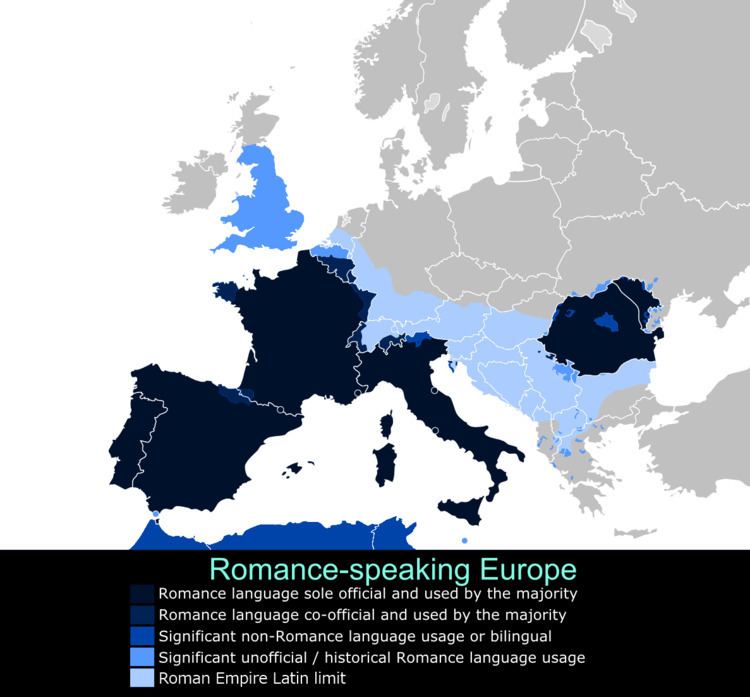 | ||
Moselle Romance is an extinct Romance language that developed after the fall of the Roman Empire along the Moselle river in modern-day Germany, near the border with France. Despite heavy Germanic influence, it persisted in isolated pockets until the 11th century.
Contents
Historical background
After Julius Caesar conquered Gaul in 50 BC, a Gallo-Roman culture gradually developed in what is today France, southern Belgium, Luxembourg, and the region between Trier and Koblenz. By contrast, the adjacent province of Germania Inferior and part of Germania Superior retained a Germanic character throughout the Imperial period.
Emergence of Moselle Romance
The Angles and Saxons, en route to England from their ancestral lands in the western Netherlands and Germany, carved a path through Holland, Flanders, and Brabant and sent the local Franks fleeing southeast along the Ourthe and Sauer rivers to the region around Metz and the Upper Moselle. This drove a sixty-kilometer wedge between the Gallo-Romans in the Trier-Koblenz area and their linguistic brethren in the rest of Gaul.
Judging by the archeological evidence, these newly arrived Franks practiced farming and animal husbandry about Bitburg, Gutland, the Middle and Upper Saar, and the Moselle Valley – strongly preferring these last two over the others.
According to linguist Alberto Varvaro the linguistic frontier between German and Latin populations around the XIII century was similar to the present language frontier, but only a few years before there still was a "remaining area of neolatin speakers" in the valleys of the Mosella river (near old Roman Treviri).
Decline
The local Gallo-Roman placenames suggest that the left bank of the Moselle was Germanized following the 8th century, but the right bank remained Romance-speaking into at least the 10th century. Said names include Maring-Noviand, Osann-Monzel, Longuich, Riol, Hatzenport, Longkamp, Karden, and Kröv or Alf. This being a wine-growing region, a number of viticultural terms from Moselle Romance have survived in the local German dialect.
Sample text
The following Late Latin inscription from the sixth century shows influence from Moselle Romance:
